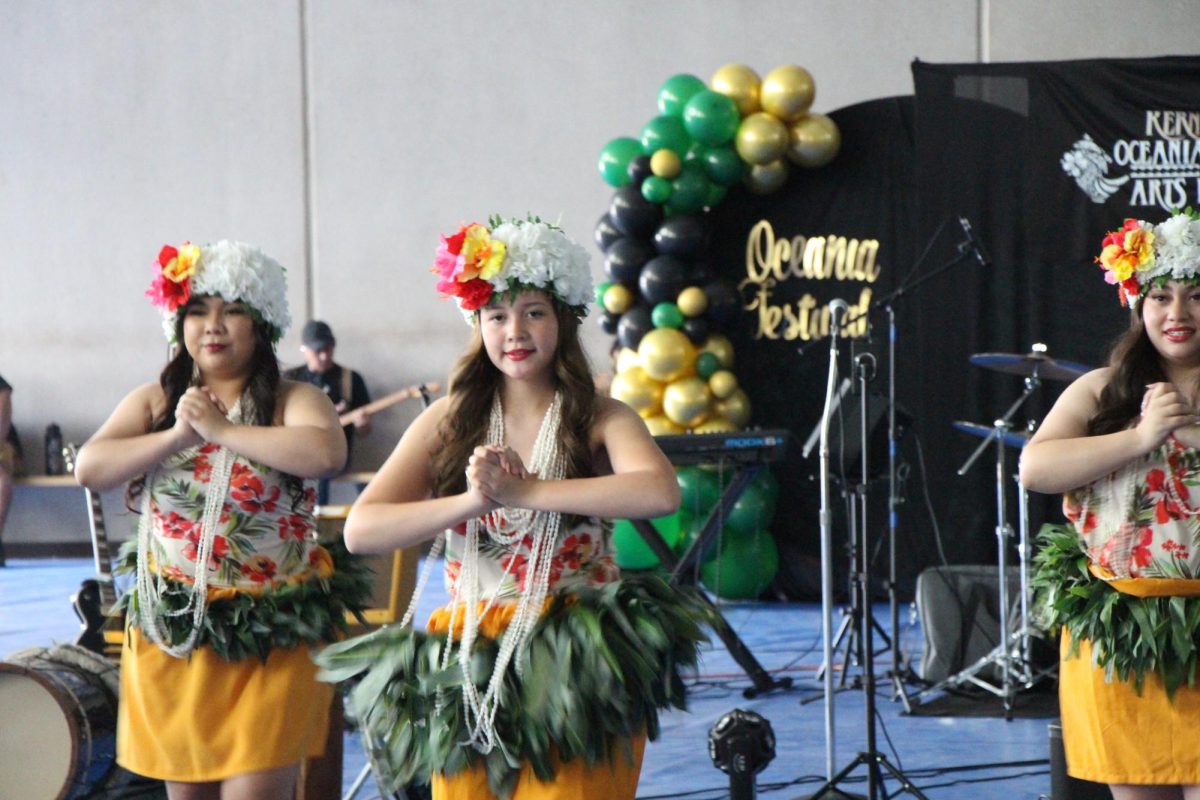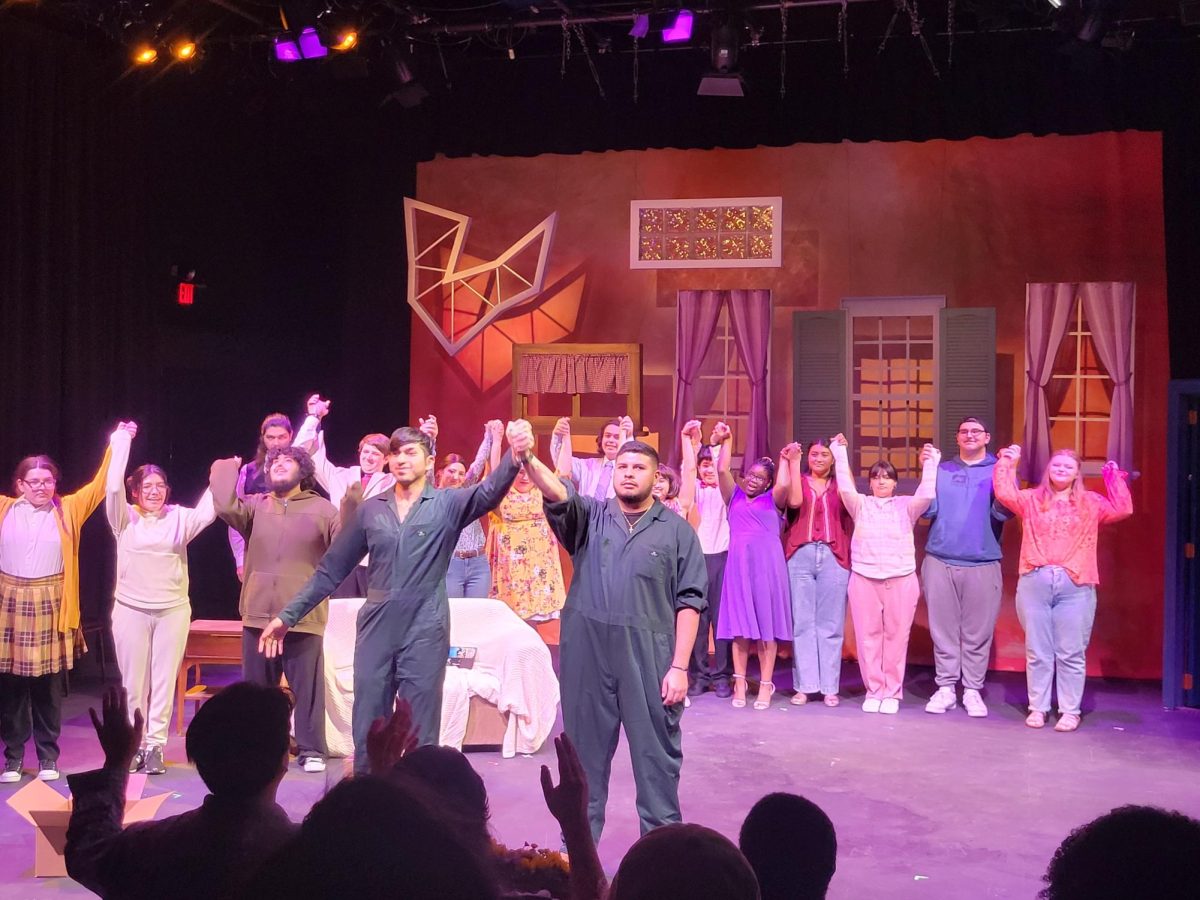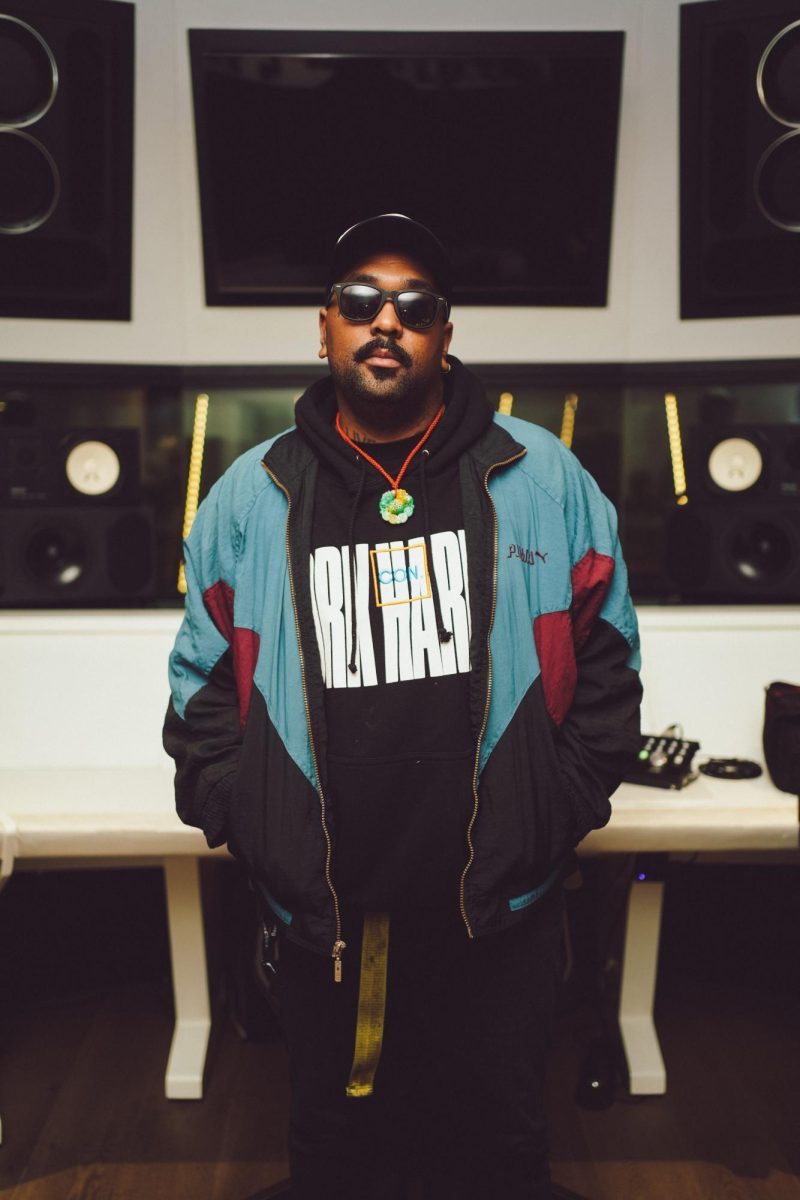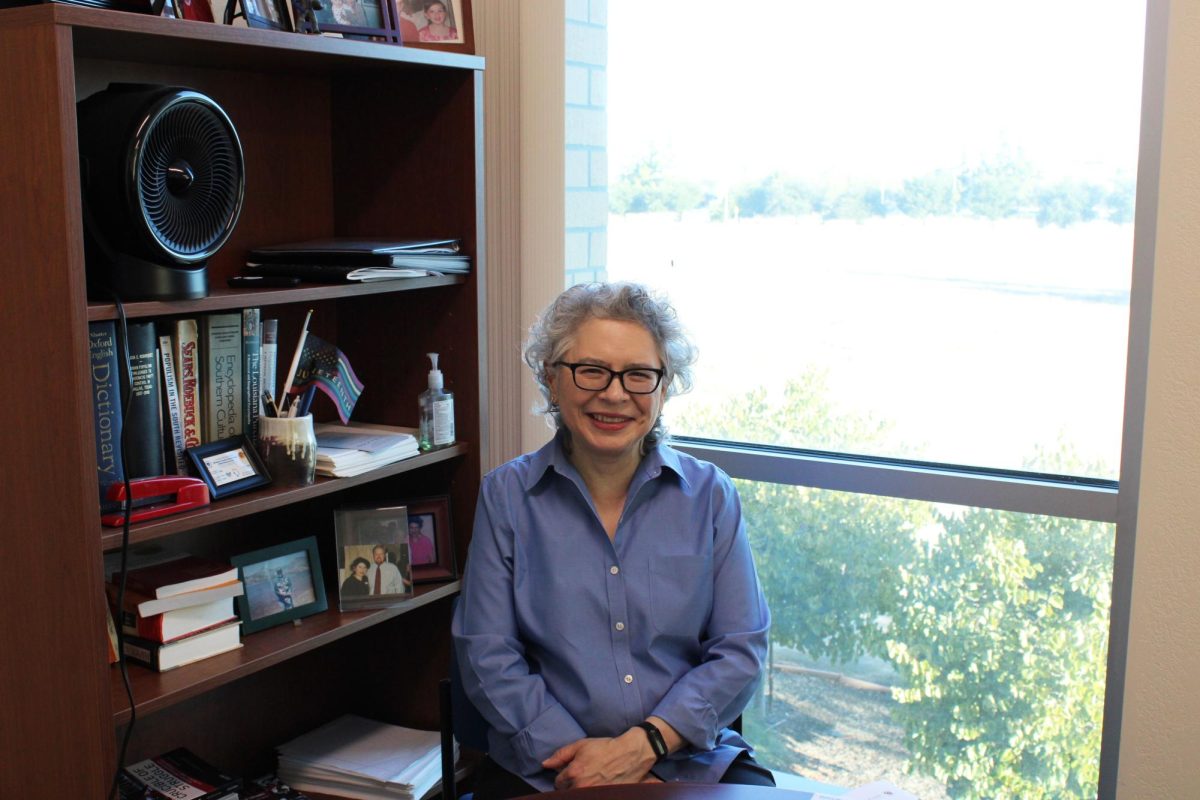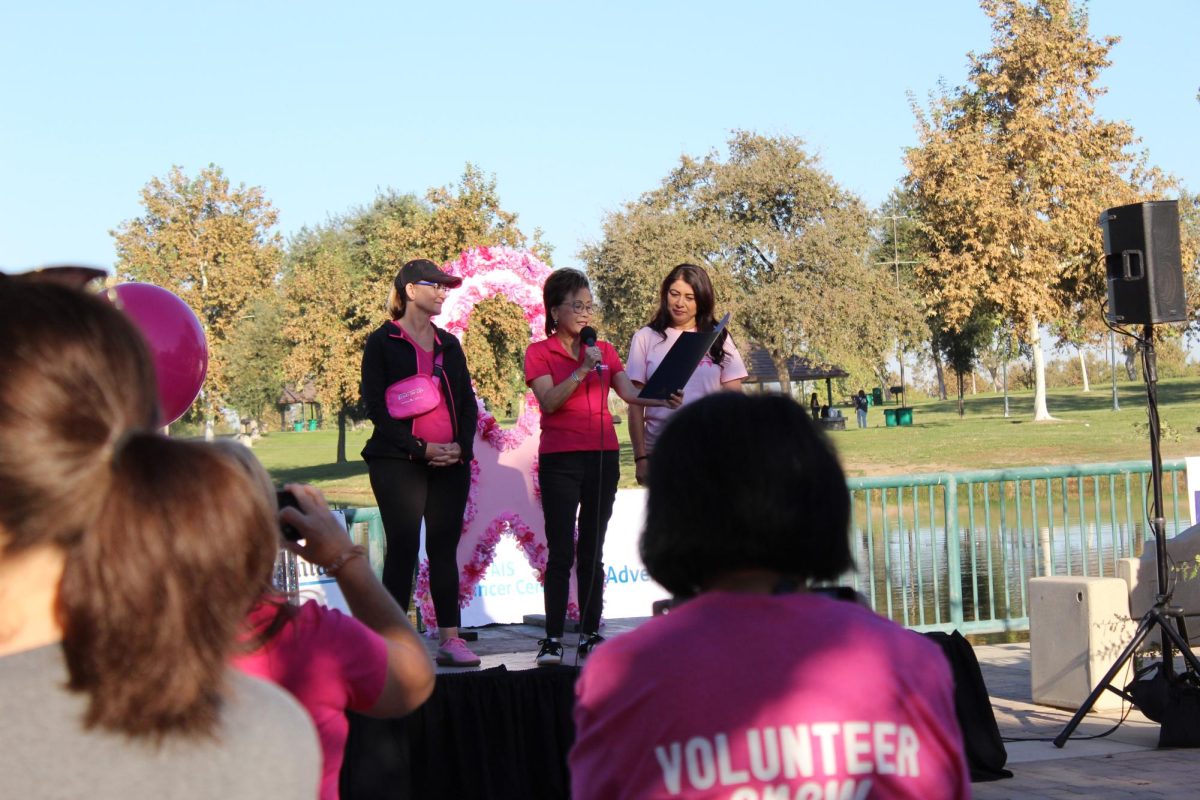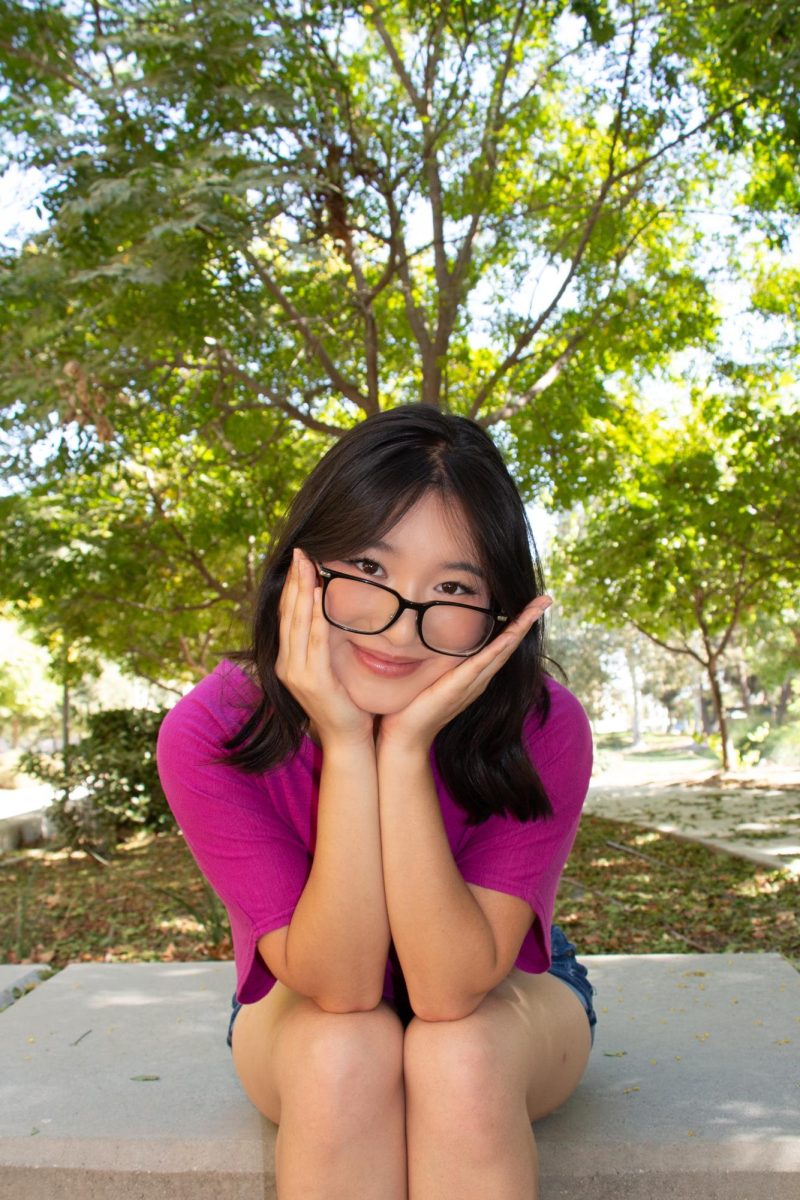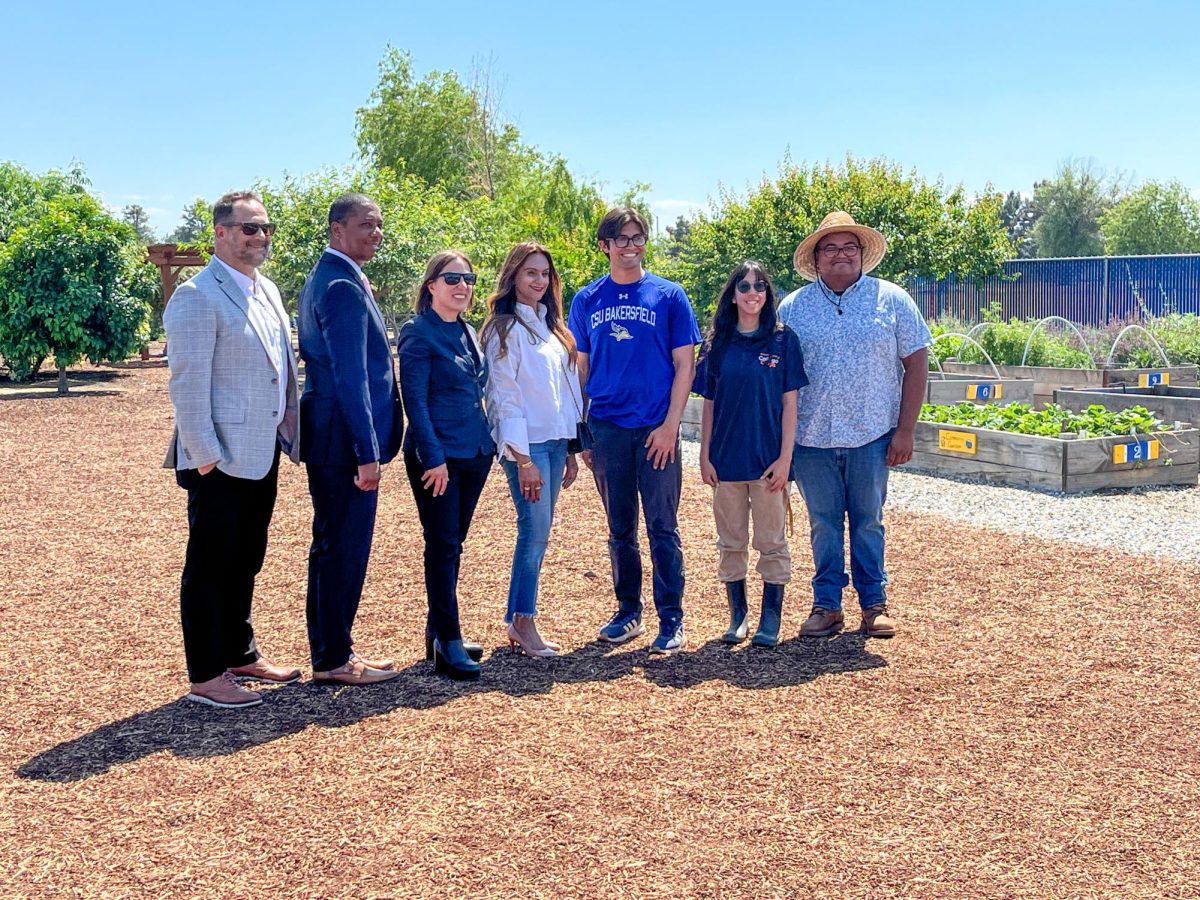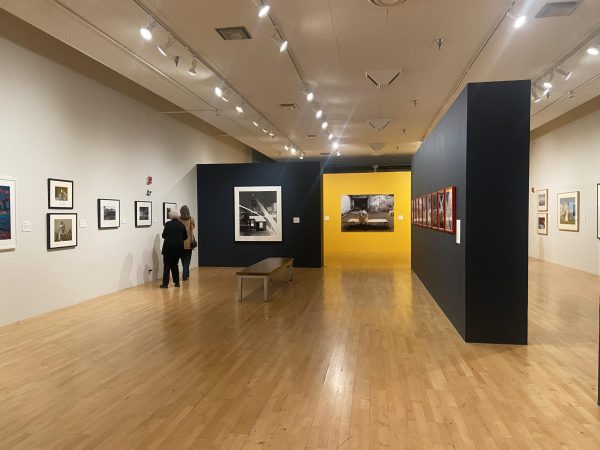
When Victor Gonzales took on the position as the curator of collections and exhibitions at the Bakersfield Museum of Art (BMOA) a year ago, he took it on with excitement and years of preparation. Gonzales had worked for BMOA for several years. He started out as a front desk receptionist in which he directed many patrons into its halls. Over time, he shifted roles that paired best with his studio art background. Now, his latest position places him in the museum’s studios where some of the most famous artworks are held.
“…my job is to also research and coordinate exhibitions of artists’ work and their stories that they are trying to tell and then try to reinterpret in a way that is accessible to the public,” says Gonzales.
What would seem like a task planned and executed within a few months in advance is actually a two to three year undertaking. Gonzales had less than a year to organize “Modern Women | Modern Vision”. Featuring a collection of artworks loaned through Bank of America, the exhibition calls attention to the female perspective during a time when their voices were muted. A message best communicated through photography.
“This allowed for this gender of artists to highlight what they could not talk about normally. Get them into places they could not normally go. Have access to art forms they normally did not have access to,” Gonzales said.
It was a sight to see. As I entered, my eyes immediately fixated on a sitting figure on a yellow wall which is juxtaposed by one vertical and one horizontal wall washed in deep blue. It is the focal piece of the gallery, and intentionally so. I felt as though I was already there with the work, ready to stop and reflect, mimicking the subject’s pondering demeanor.
However, I desired to appreciate the pieces that were affixed to the white walls that surrounded me. Many were photographs I had never seen before like “Girl on Stoop and Children Leaving School” by Sonia Handelman Meyer. Some were infamous works like the 1936 portrait, “Migrant Mother,” by Dorthea Lange, a copy that had graced the history books in my high school.
As I walked into the adjoined room, I got to see many others that complimented the white, yellow, and blue of the space so well. Photographers like Niki S. Lee’s, “The Hispanic Project,” provided a subtle yet relatable look at the Hispanic culture in New York. While Diane Arbus shines light on the taboo subcultures with the piece, “Retired Man and His Wife at Home in a Nudist Camp One Morning,” N.J. (1963).
Although many of the artworks held contrasting themes, they creatively relayed the realities of women and their environments in one of their most accessible ways.
“You have to really take note of what the community sometimes is looking for, and as humans and individuals we are looking for ourselves within media, which is really important,” Gonzales said.
Many did.
“…it was quite interesting to see photographers come in here and immediately start rattling off the names as if it was common knowledge,” said Gonzales.
Nevertheless, being an expert in photography is not a qualification to understand and enjoy the innovative concepts created by both the photographers and curators of this exhibit. For Diane Garrett and Karen Edwards, it is rich history made accessible to the masses.
“These are famous photographers, [and] we don’t get to see those everyday…it’s beautiful,” Edwards said.
There are six sections to view: “Modernist Innovators,” “Exploring the Environment,” “The Global Contemporary Lens,” “Documentary Photography and the New Deal,” “The Photo League,” “Modern Masters,”
The exhibition is open to the public now until May 4, 2024. Located at 1930 R Street, Bakersfield, CA, 93301
You can learn more on the BMOA website: https://www.bmoa.org/exhibits/modern-women-modern-vision



